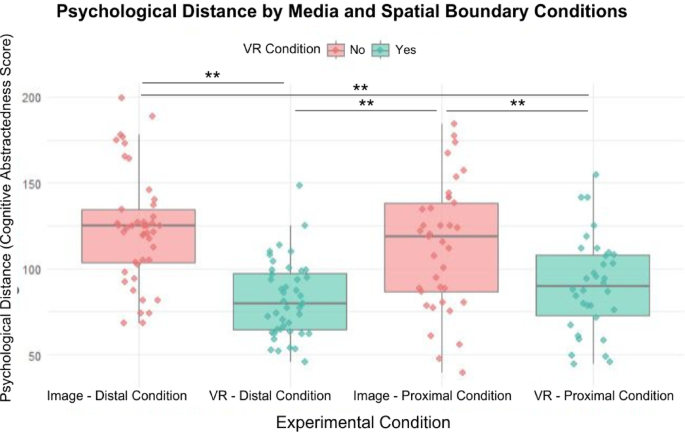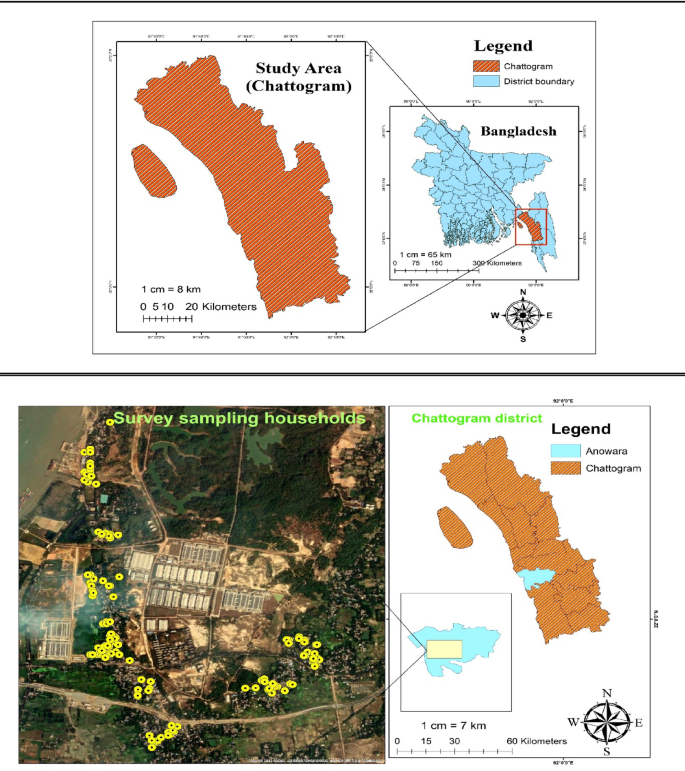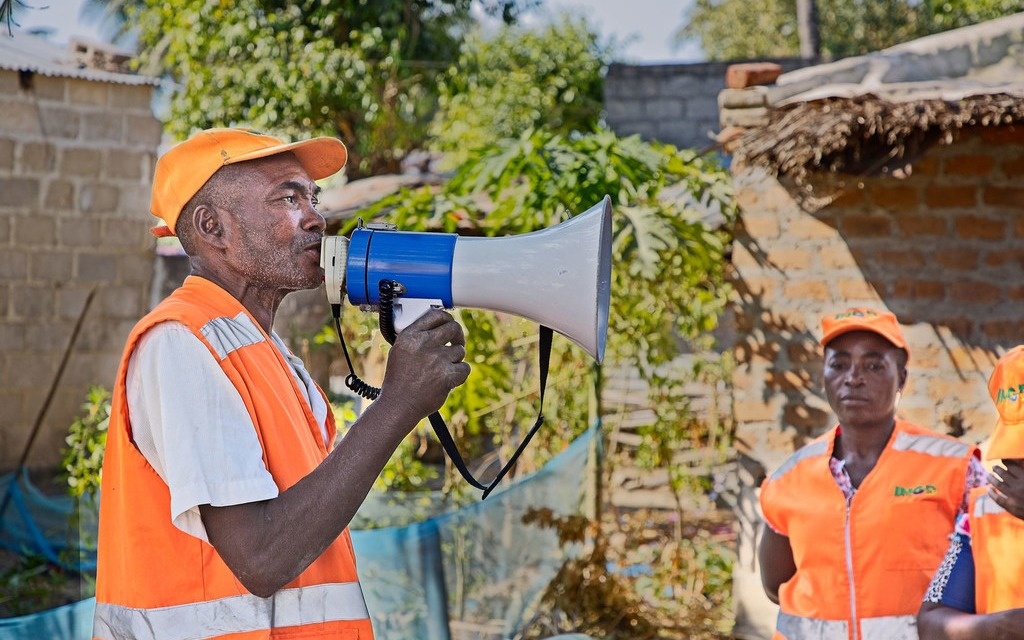Report on Climate Change Influence on Southern California Wildfires and Sustainable Development Goal Implications
Executive Summary
A recent analysis of the January 2024 Eaton and Palisades wildfires in Los Angeles indicates a significant link between the events’ severity and anthropogenic climate change. This report examines the findings in the context of the United Nations Sustainable Development Goals (SDGs), primarily focusing on SDG 13 (Climate Action), SDG 11 (Sustainable Cities and Communities), and SDG 15 (Life on Land). The evidence suggests that climate change exacerbated conditions, increasing the fires’ likelihood and potential scale, thereby undermining progress toward these global goals.
Analysis of Wildfire Conditions and Climate Linkages
Quantifying Climate Change Impact
A study published in Earth System Science Data provides a quantitative assessment of climate change’s role in the recent wildfires. Key findings include:
- Climate change likely increased the probability of the Eaton and Palisades fires occurring.
- The total area burned could have been up to 25 times larger than it would have been in a pre-climate change scenario, though this estimation carries a wide range of uncertainty.
- The primary climate change signal is evident in the warmer and drier conditions that made the fires more difficult to control.
Contributing Environmental Factors
The severity of the fires was driven by a convergence of factors, some of which are clearly linked to climate change, while others require further study.
- Confirmed Climate Impact: There is a scientific consensus that climate change leads to hotter temperatures, which accelerates the drying of vegetation, creating more combustible fuel. This directly relates to the targets of SDG 13 (Climate Action), which calls for urgent measures to combat climate change and its impacts.
- Uncertain Climate Links: The influence of climate change on other contributing factors is less certain but presents significant risk. These include:
- Delayed onset of rainy seasons.
- Increased frequency of “weather whiplash” between extremely wet and dry years.
- Potential alterations to the behavior of Santa Ana winds.
Implications for Sustainable Development Goals
SDG 11: Sustainable Cities and Communities
The fires occurred within the wildland-urban interface, directly threatening human settlements and infrastructure, a core concern of SDG 11. The challenge of ensuring community safety is compounded by several variables:
- Predictive fire models are less reliable in these complex zones due to the interplay of natural topography, diverse vegetation, and human-built structures.
- The unpredictability of human adaptation presents a major variable. Proactive measures, such as hardening homes and creating defensible spaces, are critical for building community resilience (Target 11.5).
SDG 13: Climate Action & SDG 15: Life on Land
The events underscore the tangible consequences of failing to meet SDG 13 targets. The increased fire risk directly impacts terrestrial ecosystems, a key focus of SDG 15.
- While coastal Southern California has not yet seen a systemic increase in the total area burned, the potential for larger, more intense fires threatens biodiversity and ecosystem stability (Target 15.1, 15.5).
- In contrast, regions like Northern California’s Sierra Nevada exhibit an “unmistakable” climate change fingerprint on fire activity, serving as a warning for other at-risk areas.
Conclusion and Recommendations
The January 2024 wildfires serve as a critical case study on the localized impacts of global climate change. To advance the Sustainable Development Goals, a multi-faceted approach is required.
- Enhance Climate Action (SDG 13): Aggressive global and local policies to mitigate climate change are essential to reduce the underlying drivers of extreme fire weather.
- Promote Resilient Communities (SDG 11): Public policy and education must encourage and support human adaptation, including retrofitting homes and improving landscape management in the wildland-urban interface to protect lives and property.
- Protect Ecosystems (SDG 15): Fire management strategies must be integrated with conservation efforts to preserve biodiversity and restore the health of terrestrial ecosystems.
- Invest in Research: Continued scientific research is necessary to refine predictive models and better understand the complex interactions between climate change, weather patterns, and fire behavior in topographically complex regions.
Analysis of Sustainable Development Goals in the Article
1. Which SDGs are addressed or connected to the issues highlighted in the article?
-
SDG 11: Sustainable Cities and Communities
The article directly addresses the vulnerability of urban and peri-urban areas to wildfires. It mentions fires in places like the “Pacific Palisades, where homes are built right up against open natural areas,” which is described as the “wildland urban interface.” The discussion around “hardening our homes” and landscaping tips to prevent houses from burning down is central to making human settlements safer, more resilient, and sustainable in the face of environmental disasters.
-
SDG 13: Climate Action
This is the core theme of the article. The text opens by questioning if wildfire conditions were “made worse by climate change.” It cites a study suggesting climate change could have resulted in a significantly larger burned area. The article explicitly links climate change to “hotter temperatures” and “drier” conditions, which are key drivers of the increased fire risk. This directly relates to the need for climate action, including adaptation and strengthening resilience to climate-related hazards.
-
SDG 15: Life on Land
The article discusses the impact of wildfires on terrestrial ecosystems. It refers to “dry brush,” “natural vegetation,” and fires in “wildlands like forests.” The increase in fire intensity and size, exacerbated by climate change, directly contributes to the degradation of natural habitats, affects the health of forests, and impacts the overall ecosystem, which is a key concern of SDG 15.
2. What specific targets under those SDGs can be identified based on the article’s content?
-
SDG 11: Sustainable Cities and Communities
- Target 11.5: “By 2030, significantly reduce the number of deaths and the number of people affected and substantially decrease the direct economic losses…caused by disasters…” The article’s focus on the “Eaton and Palisades fires” and the risk to homes in the “wildland urban interface” directly relates to reducing the impact of disasters on communities and property.
- Target 11.b: “…implementing integrated policies and plans towards…adaptation to climate change, disaster risk reduction…” The mention of human adaptation, such as when people say, “we’re going to start hardening our homes,” points directly to the implementation of disaster risk reduction and climate adaptation strategies at the community and household level.
-
SDG 13: Climate Action
- Target 13.1: “Strengthen resilience and adaptive capacity to climate-related hazards and natural disasters in all countries.” The entire article is an analysis of a climate-related hazard (wildfires) and the factors that increase its severity. The discussion on human adaptation and home hardening is a clear example of building resilience and adaptive capacity.
-
SDG 15: Life on Land
- Target 15.3: “By 2030, combat desertification, restore degraded land and soil…” The article highlights conditions like “dry brush,” “lack of rain,” and overall “drier” environments, which are linked to drought and land degradation. Wildfires are a major cause of land degradation, which this target aims to combat.
- Target 15.5: “Take urgent and significant action to reduce the degradation of natural habitats…” The fires discussed burn through “wildlands like forests” and destroy “natural vegetation.” The article’s finding that climate change could make the “burned area… 25 times larger” underscores the urgent threat of habitat degradation caused by these events.
3. Are there any indicators mentioned or implied in the article that can be used to measure progress towards the identified targets?
-
Implied Indicators for SDG 11 and SDG 13
- Area of land burned: The article explicitly uses this as a key metric, stating the “burned area being 25 times larger than it would have been without climate change.” This can serve as an indicator for the scale and impact of disasters (Target 11.5) and the severity of climate-related hazards (Target 13.1).
- Number of fires: The text mentions that in coastal Southern California, “we have not seen an increase in the number of fires or the area burned,” using this as a metric to compare fire trends across regions. This is a direct indicator of disaster occurrence.
- Number of homes hardened or adapted: The article implies this as a measure of progress in adaptation. The quote, “We don’t model humans adapting…and saying…we’re going to start hardening our homes,” suggests that tracking such adaptation efforts is a key, albeit difficult, factor in measuring resilience (Target 11.b and 13.1).
-
Implied Indicators for SDG 13
- Temperature increase: The article identifies “hotter temperatures” as a clear signal of climate change, making it a fundamental indicator of the underlying climate hazard.
- Precipitation patterns: The “lack of rain” and uncertainty about whether “rainy seasons to be delayed more often” are mentioned as critical factors. Tracking these patterns serves as an indicator of climate change’s impact on local weather.
-
Implied Indicators for SDG 15
- Area of natural habitat/forest burned: This is a direct measure of habitat degradation (Target 15.5). The article’s focus on fires in “wildlands like forests” and the potential for a vastly larger “burned area” makes this a primary indicator.
- Land condition (dryness): The article repeatedly mentions “dry brush” and how “it was so dry” as a critical factor. This can be used as an indicator of land degradation and vulnerability to desertification (Target 15.3).
4. Summary of SDGs, Targets, and Indicators
| SDGs | Targets | Indicators (Mentioned or Implied in the Article) |
|---|---|---|
| SDG 11: Sustainable Cities and Communities |
|
|
| SDG 13: Climate Action |
|
|
| SDG 15: Life on Land |
|
|
Source: laist.com







